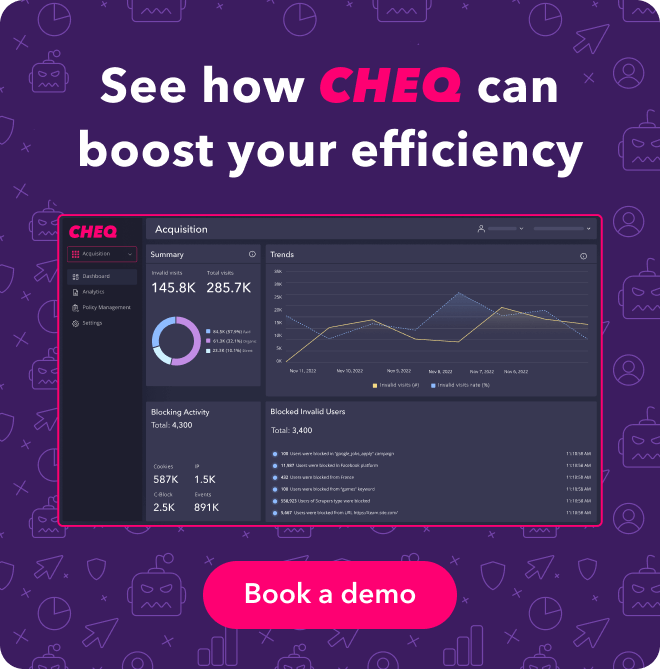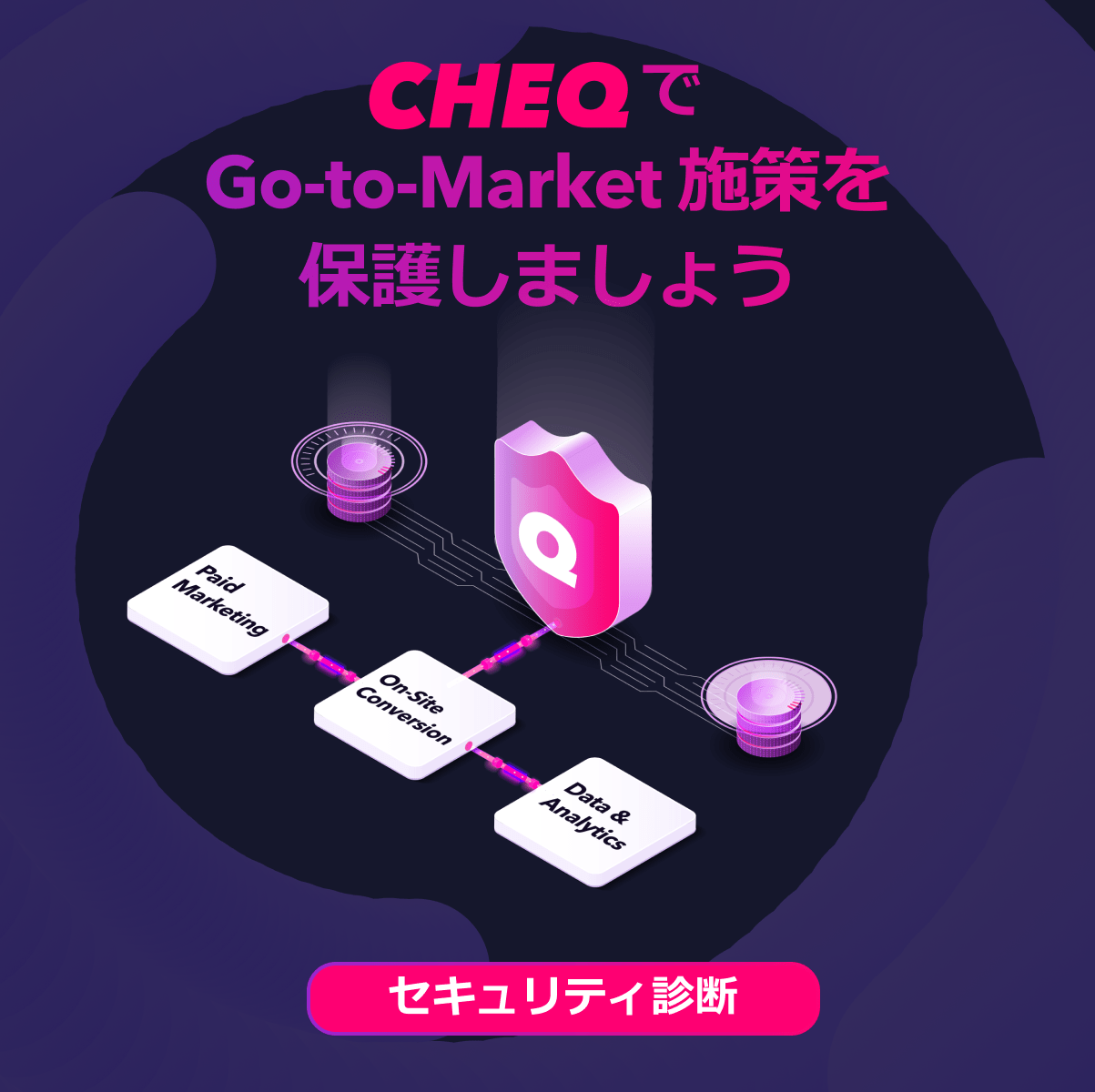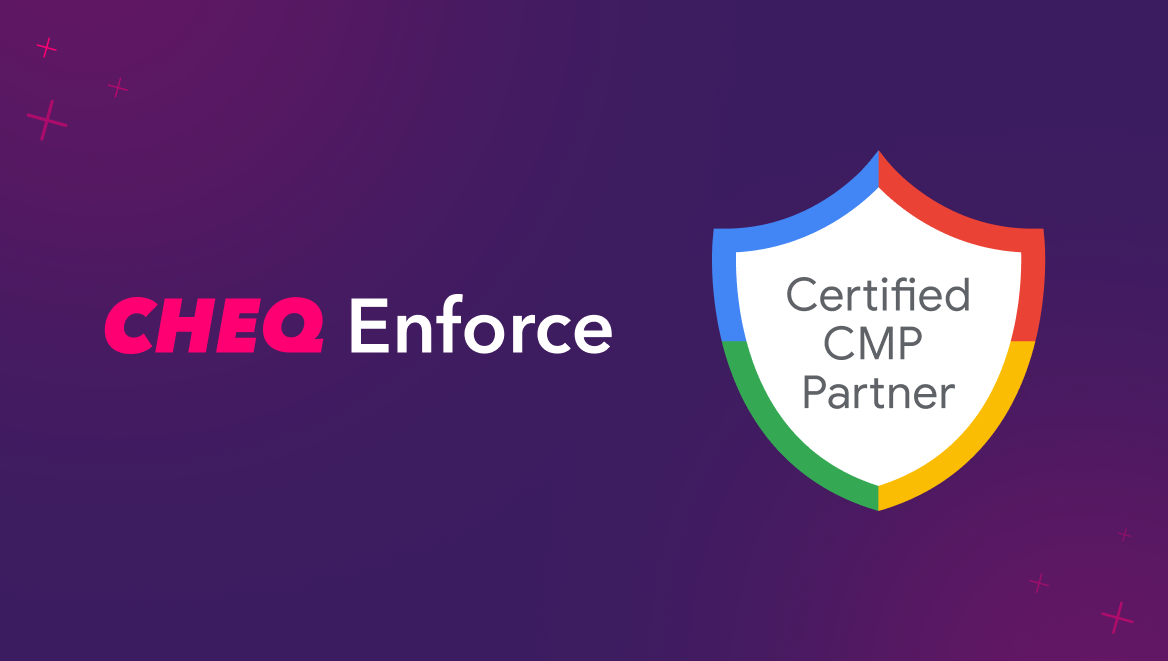Why Data Loss Prevention (DLP) is a Marketing Problem
Jeffrey Edwards
|Cyber Risks & Threats | November 16, 2022

In today’s digital environment, marketers must securely collect and apply prospects’ and customers’ personal information across multiple touchpoints to support an omnichannel customer experience, all while maintaining a security and privacy posture in compliance with global data privacy regulations like the GDPR, CCPA, and LGPD.
Data loss prevention (DLP) is essential part any data security program, yet, it’s often handled in silos by security and legal teams. Marketers, who own most organization’s largest attack surface — its website and various communication channels– as well has massive databases of consumer data subject to regulatory audits, are rarely involved.
Here’s why marketers should care about DLP and how to proactively protect your data with go-to-market (GTM) security best practices.
Contents
Why Should Marketers Care About DLP?
How DLP Protects Organizations Against Threats
Data Loss Prevention Best Practices for Marketers
What is Data Loss Prevention (DLP)?
Data Loss Prevention (DLP) involves tools and processes to detect and prevent the leakage, exfiltration, misuse, or destruction of sensitive data by unauthorized users. It’s essential for protecting customer information and business-critical data and maintaining compliance with regulations such as GDPR, PCI-DSS, HIPAA, and CCPA.
DLP software classifies sensitive data and identifies violations of security policies or data privacy laws. It monitors endpoint activities, filter data streams, and control data usage whether the files are at rest, in use, or in transit.
The software also sends alerts and applies encryption to prevent users from accidentally or maliciously leaking data that can put a company at risk. It logs activities and compiles reports to help meet auditing requirements, facilitate incident response, and perform cyber forensics.
Why Should Marketers Care About DLP?
The rise of e-commerce and mobile commerce means brands must balance storing user information to improve customer experience with data security requirements. Meanwhile, strategies such as personalization and segmentation require marketers to collect and process vast amounts of customer data via multiple channels.
The proliferation of touchpoints significantly increases the attack surface, while their dispersed nature makes it challenging to monitor data usage and movement manually. DLP tools and best practices can help you minimize the risks of data leaks and achieve the following:
Build Consumer Trust and Protect Brand Reputation
Today’s consumers are increasingly savvy about how businesses use their personal data. News of a data breach can tarnish an organization’s reputation and cause the loss of business for years to come.
Effective DLP helps you address data security issues proactively to prevent them from impacting your customers. A solid reputation, in turn, helps achieve the credibility, trust, and reliability you need to gain a competitive advantage.
Meet Compliance and Regulatory Requirements
Companies that collect customer data and conduct business online must adhere to data privacy laws (e.g., GDPR, HIPAA, PCI-DSS) and address security concerns involving data usage, sharing, and storage in their processes.
Violation of these regulations often results in hefty penalties. A company that violates the GDPR can face fines of up to €20 million or 4% of its worldwide turnover for the preceding financial year, whichever is higher.
Avoid the High Cost of Data Breaches
Fines and penalties are just the beginning. According to the latest report by IBM, the average cost of a data breach in the United States has reached $9.44 million. Besides regulatory penalties, data breaches often result in costly downtime and lost employee productivity.
Additionally, the cost of remediation actions, such as fending off lawsuits, conducting forensic investigations, and paying for credit monitoring for affected customers, can be many times the investment in DLP.
How DLP Protects Your Organization Against Threats
Marketers must manage numerous customer-facing touchpoints, each of which can cause data security issues. Here’s how an effective DLP strategy can help ensure data security:
Mitigate Insider Threats
Insider threats aren’t just about disgruntled employees seeking revenge or malicious ones selling customer information. More often than not, they’re caused by oversight or incompetence. For example, an employee may accidentally email a link to a Google sheet with confidential customer data to unauthorized recipients.
Prevent Phishing Scams
DLP software can scan inbound emails to block suspicious content that could indicate a phishing attempt. These attacks try to extract credentials from employees, allowing threat actors to log into your systems and steal sensitive data.
Monitor Email Activities
Companies shouldn’t communicate sensitive data via email, but getting all employees to follow the best practice at all times is easier said than done. DLP software scans outbound emails to verify recipients, assess attachments, and apply encryption to ensure secure information exchange.
Protect Against Client-side Attacks
Client-side attacks (e.g., cross-site scripting, card skimming attacks) involves threat actors injecting malicious codes into a website to exfiltrate customer information. DLP software monitors data movements and alerts you of suspicious activities as soon as they occur.
Data Loss Prevention Best Practices For Marketers
While data security and DLP involve many components, here are the key areas marketers should focus on:
Employee Training
All personnel (e.g., employee, contractor, agency, vendor) with access to customer data or handles transactions is a potential target. Criminals can use phishing schemes to steal their credentials, log into your system, and exfiltrate customer data.
Educate employees and stakeholders about the latest phishing techniques and strong password practices. Also, they shouldn’t ask for customers’ personal information via insecure channels like email and chat.
Data Minimization
Data minimization is a retention requirement for most data privacy regulations, which require businesses to process only the personal information that’s necessary, relevant, and adequate for the stated purposes. Also, companies should not store data for longer than they need to for the specified purpose.
It’s in your organization’s interest to collect and store a minimal amount of customer data. The more information you control, the more likely you’ll become a target. Not to mention, collecting excessive information violates your customers’ privacy and could diminish their trust.
Bot Mitigation
Bad actors can use botnets to conduct credential stuffing or brute force attacks to gain access to your systems and exfiltrate sensitive data or delete business-critical information.
A bot mitigation tool uses advanced analytics to monitor and control traffic flows, user access, and data movements to identify suspicious activities. It identifies and blocks malicious bot traffic to your website, applications, or networks to minimize risks.
Client-side Security
The average web application uses over 20 third-party scripts to support its functionalities. The complex supply chain offers many opportunities for malicious actors to intercept customer data by tampering with the connections between the users’ devices and your server.
Client-side security measures protect web applications and other online customer interfaces from techniques such as e-skimming, Magecart threats, form-jacking, and broken link hijacking — ensuring that sensitive information reaches your server safely.














